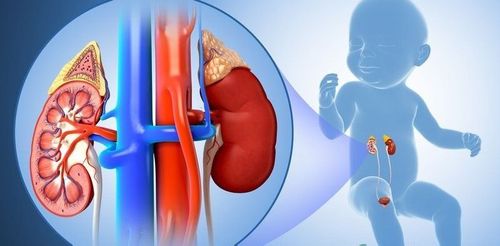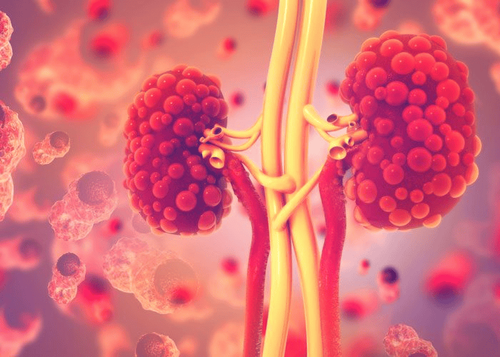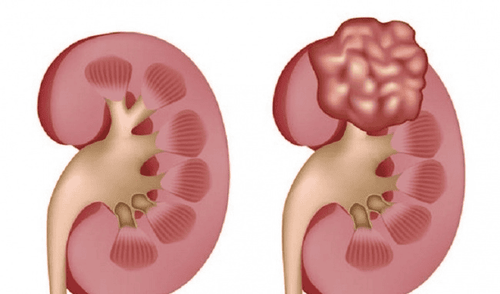This is an automatically translated article.
The article is professionally consulted by Master, Doctor Nguyen Viet Thu - Doctor of Radiology and Nuclear Medicine - Department of Diagnostic Imaging and Nuclear Medicine - Vinmec Times City International General Hospital.CT scan to diagnose kidney cysts is a method included in the CT Scanning procedure of the urinary system. This is a method indicated by the doctor to survey and evaluate lesions as well as abnormalities in organs such as kidneys, ureters, bladder... Therefore, CT scan will identify the exact location and size of renal cysts.
1. What is kidney cyst disease?
In the human body, there are 2 bean-shaped kidneys, these 2 kidneys are located on 2 sides. The role of the kidneys is to maintain the balance of water and electrolytes in the body, and to excrete some toxins through the urine.Many kidney units will make up the kidney and each unit is responsible for filtering, reabsorption as well as excreting urine into the renal pelvis. Urine from the renal pelvis flows down the ureters to the bladder and is excreted outside the body. However, for some reason, such as inflammation, kidney stones or fibrosis, a kidney unit is blocked causing urine to pool and will form a water-filled sac called a renal cyst.
Renal cysts are divided into 3 types, specifically as follows:
Isolated renal cyst: An abnormal fluid mass, solitary renal cyst usually has no clinical symptoms and does not cause any serious complications; Polycystic kidney: Polycystic kidney means having many kidney cysts like solitary cyst. Polycystic kidney is caused by obstruction of multiple renal units; Polycystic kidney due to genetic factors: In case of polycystic kidney due to genetic factors, it is necessary to be regularly monitored through ultrasound method. Renal cysts usually do not cause clinical symptoms. Some cases may experience clinical symptoms such as hip or flank pain when the large cyst compresses other organs or there may be blood in the urine; fever, severe pain, chills if you have an infection; Hypertension if the renal cyst presses on the renal artery.
If the kidney cysts are small in size, there are no clinical symptoms, there will be no complications, so there will be no danger. But if the cyst is large in size, it will cause a number of dangerous complications such as sepsis, urinary tract obstruction leading to hydronephrosis, urinary tract infection and kidney stones. hypertension or cerebral aneurysm in patients.
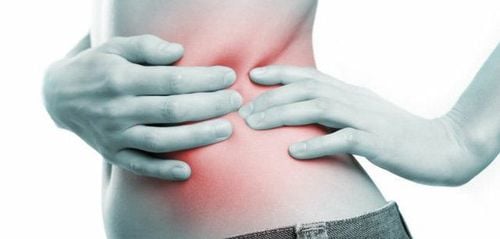
2. Can CT scan accurately determine the location and size of kidney cysts?
CT scan to diagnose kidney cysts is a method included in the CT Scanning procedure of the urinary system. This is a method indicated by the doctor to survey and evaluate the lesions as well as abnormalities in organs such as kidneys, ureters, bladder,... Therefore, renal CT scan will determine Get the exact location and size of the kidney cyst.When taking a CT scan to diagnose kidney cysts, the patient should follow the doctor's orders and note a few things as follows:
Before the CT scan, avoid eating and drinking for 4-6 hours. In some cases, it is necessary to use contrast dye, so the patient needs to talk to the doctor about his or her own condition, drug allergy, or are using a treatment drug as well as a functional food, any previous medical conditions. have or are having. During the imaging process, the technician or doctor tells you how to breathe and stay still to avoid disturbing the image, so the patient should follow the doctor's and technician's request. After the CT scan, if the person taking the scan does not inject contrast, they can eat, drink and live normally. However, those who have to inject drugs will continue to monitor for at least 30 minutes to prevent abnormalities and when they go home, they should drink plenty of water to quickly eliminate the drug from the body. Usually, after the kidney CT scan is completed, it takes about 30 minutes for the patient to receive the results. But if after the CT scan, the patient has any unusual symptoms such as nausea, headache, dizziness, itching, shortness of breath, red skin, diarrhea, abdominal pain, etc., it is necessary to notify the doctor immediately. doctor for timely handling. These may be symptoms of contrast agent side effects.
3. Treatment of kidney cysts
In cases where the kidney cyst is small and does not cause any symptoms, no intervention is needed. However, if the kidney cyst is > 6cm in size, surgery should be performed, because it has the ability to compress the renal parenchyma, which in the long term will affect kidney function.However, if the kidney cyst is less than 6cm in size but causes infection complications, bleeding in the cyst leads to a lot but medical treatment does not help, many times recur, it is also necessary to have surgical intervention. Interventional methods include:
Renal cyst aspiration and sclerotherapy under ultrasound guidance. But if using this method, the recurrence rate is >80% after 3 months of treatment. Open surgery to cut the cyst tip: The open surgery method to cut the cyst apex causes a lot of pain for the patient and the long hospital stay as well as the scarring of the surgery, the patient's recovery is slow. Laparoscopic apical cystectomy: With laparoscopic cystectomy, the hospital stay will be shortened, the incisions are small, so the pain is less, so the patient recovers quickly. This is the safest and most effective surgical method in treating kidney cysts.
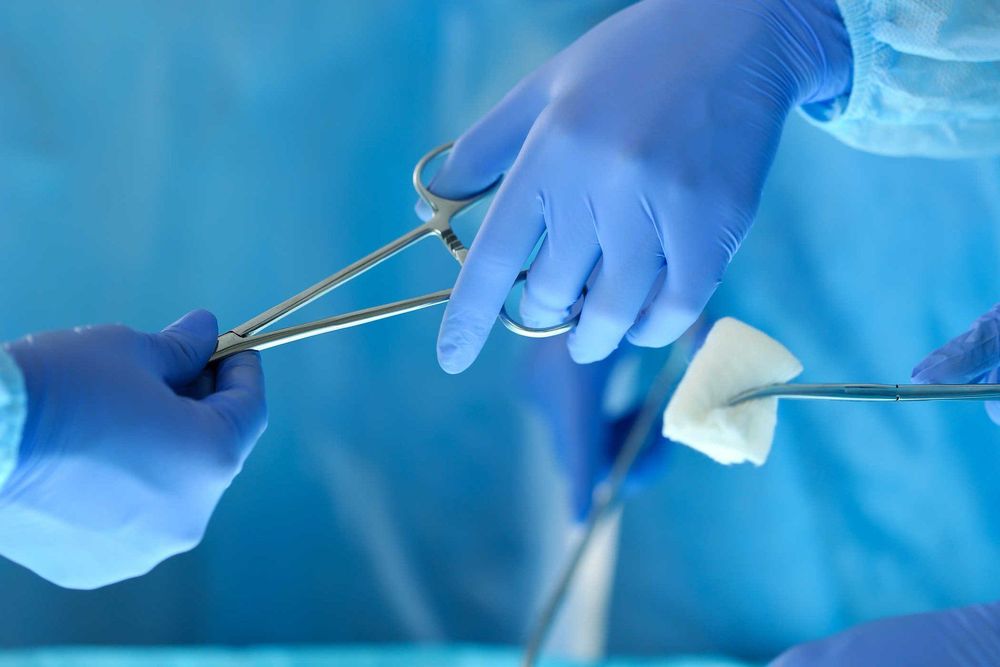
Please dial HOTLINE for more information or register for an appointment HERE. Download MyVinmec app to make appointments faster and to manage your bookings easily.







